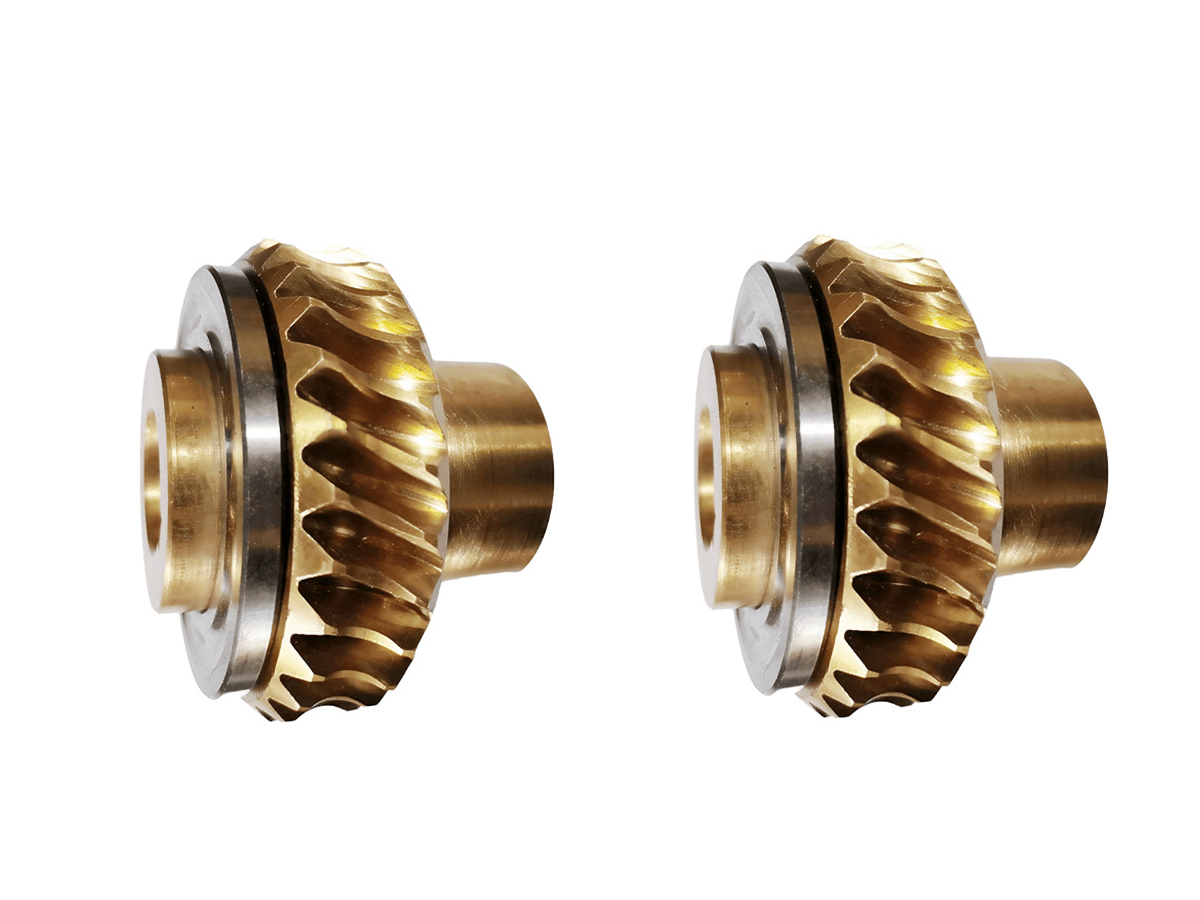Bronze CNC Milling for High-Pressure Steam Turbine Components
Introduction
In modern energy sectors, high-pressure steam turbines require precision-manufactured components to withstand extreme operating conditions. Bronze CNC milling has emerged as a reliable solution for crafting essential components such as blades, bushings, and seal rings, offering both efficiency and durability. Bronze alloys machined with advanced CNC techniques provide precise dimensional accuracy critical in demanding environments like power generation and industrial processing units.
Manufacturing Process
Bronze CNC milling involves the precision machining of bronze alloys using computer numerical control (CNC) equipment. The process includes:
Design and Programming: CAD software designs intricate turbine components accurately. CAM software then translates these detailed designs into machine-readable instructions for flawless execution during CNC milling operations.
Material Selection and Preparation: High-quality bronze alloys, notably Aluminum Bronze (C95400), are chosen specifically for their remarkable corrosion resistance and mechanical strength. Materials undergo rigorous inspection and precise preparation processes to ensure optimal milling outcomes.
CNC Milling Operation: Using multi-axis milling machines, components are accurately machined from bronze blocks. Advanced CNC milling ensures minimal material wastage and maximizes production efficiency, which is essential in industries such as marine propulsion systems and energy production.
Quality Control: CNC-milled components undergo stringent dimensional and surface inspections. Techniques such as coordinate measuring machines (CMM) guarantee that each finished component aligns perfectly with design specifications and performance requirements.
Materials
Selecting appropriate bronze alloys is crucial for the success of CNC milling turbine components. Commonly used alloys include:
Aluminum Bronze (C95400): Renowned for excellent mechanical strength and high corrosion resistance, particularly suited for harsh marine and high-pressure steam environments.
Phosphor Bronze (C51000): Offers superior wear resistance, high fatigue strength, and outstanding anti-friction properties, ideal for bushings and bearings within turbine assemblies.
Silicon Bronze (C65500): High strength and exceptional corrosion resistance make it highly suitable for demanding high-pressure applications, particularly within industrial processing units.
Surface Treatment
Surface treatments significantly enhance bronze turbine components' performance, longevity, and operational reliability. Common treatments include:
Polishing: Provides a smooth, refined surface finish that reduces friction and wear, thereby improving turbine efficiency.
Heat Treatment: Enhances mechanical properties such as strength, toughness, and dimensional stability, crucial for high-pressure and temperature environments experienced by steam turbines.
Protective Coatings: Specialized coatings, such as thermal barrier coatings, are applied to increase resistance to corrosion, oxidation, and erosion, extending component service life in extreme operating conditions.
Industry Application
Bronze CNC-milled components are integral within various sectors due to their excellent durability, precision, and reliability:
Power Generation Plants: Turbine components such as blades and seal rings must withstand constant exposure to high pressures and temperatures. Precision-milled bronze parts significantly enhance operational efficiency and reliability.
Marine Propulsion Systems: Bronze alloys, particularly aluminum bronze, are extensively utilized due to their superior resistance to saltwater corrosion and mechanical fatigue. Components such as propeller hubs and marine turbine blades benefit tremendously from CNC milling accuracy.
Industrial Processing Units: Industrial turbines frequently use bronze components for bearings and bushings due to bronze's inherent self-lubricating properties, superior wear resistance, and robust mechanical characteristics.
Advantages and Limitations
Advantages:
Exceptional Dimensional Accuracy: CNC milling provides unparalleled precision and repeatability, ensuring each turbine component meets stringent tolerances required by energy and marine sectors.
High Wear and Corrosion Resistance: Bronze alloys like phosphor and aluminum bronze offer outstanding resistance to wear, corrosion, and thermal fatigue, making them optimal for harsh operational conditions.
Improved Turbine Efficiency and Durability: Precision components reduce friction, minimize vibration, and improve overall mechanical efficiency, significantly extending turbine operational lifespan.
Cost-Effective Production: CNC milling efficiently produces intricate geometries, reducing manufacturing lead times and enhancing cost-effectiveness.
Limitations:
Higher Material Costs: Bronze alloys typically have higher upfront costs than standard steels, although long-term durability and reduced maintenance requirements offset these.
Tooling Constraints for Intricate Designs: Extremely complex designs may encounter limitations due to tool accessibility and machine capabilities. Careful design consideration can mitigate these constraints.
Frequently Asked Questions (FAQs)
Why is bronze preferred over other metals for turbine components?
How does CNC milling ensure accuracy in high-pressure applications?
What maintenance is required for bronze turbine components?
Are there specific bronze alloys recommended for marine turbine use?
Can bronze CNC milling handle extremely complex component geometries?

